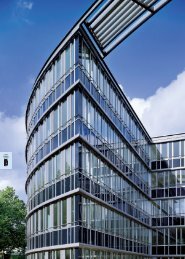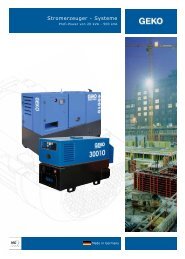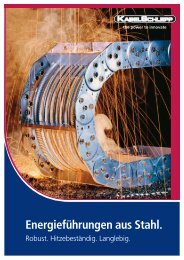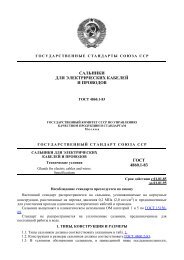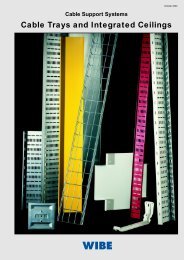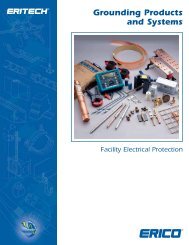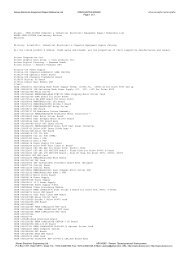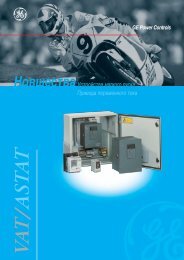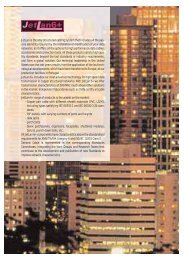102-121 GE_SPEC 2003 HIDL - Elec.ru
102-121 GE_SPEC 2003 HIDL - Elec.ru
102-121 GE_SPEC 2003 HIDL - Elec.ru
Create successful ePaper yourself
Turn your PDF publications into a flip-book with our unique Google optimized e-Paper software.
Speciality lamps<br />
Product identification<br />
Fluorescent lamps<br />
A healthy aquarium<br />
The following glossary of terms and descriptions can help you when checking speciality<br />
lamp specifications and how to use the order codes when ordering products.<br />
Within each product line, lamps are divided into families - within families,<br />
lamps are listed by wattage.<br />
Watts:<br />
Energy used. To find actual energy<br />
used (kWh) multiply power (watts<br />
shown) x hours of use divided by 1000<br />
Length:<br />
Expressed in inches<br />
and mm<br />
Colour/Product<br />
Type:<br />
Other important information<br />
like colour<br />
Product Description:<br />
The lamp’s<br />
identification code<br />
CRI Ra:<br />
Colour rendering index, the<br />
higher the number (1-100) the<br />
more natural the lit subject<br />
appears<br />
Product Code:<br />
It is important to use this code when ordering<br />
to ensure that you receive the exact product you<br />
require<br />
Pack Quantity:<br />
The number of<br />
lamps in one box<br />
Colour/<br />
Rated<br />
Product Product Average Initial Pack Product<br />
Watt Length Ft Length mm Description Type CCT K CRI Ra Life Hours lumens Qty Code<br />
T5 Blacklight Blue<br />
T5 ( ø16mm- 5/8”)<br />
4 6in 150 F4W/BLB Blacklight Blue - - 5000 - 25 39882<br />
6 9in 225 F6W/BLB Blacklight Blue - - 5000 - 25 39883<br />
8 12in 300 F8W/BLB Blacklight Blue - - 5000 - 25 39884<br />
With the exception of a few species, fish<br />
do not require special light for health. In<br />
fish-only tanks, lighting should minimise the<br />
growth of algae while maximising the<br />
colour of the fish. In tanks containing coral<br />
and plants, the spectral distribution of the<br />
light becomes a factor. For the coral and<br />
plants to survive, there must be adequate<br />
amounts of light in the blue and red<br />
regions for the spect<strong>ru</strong>m to allow for photosynthesis.<br />
The light should also be of<br />
sufficient intensity for plant respiration.<br />
The amount of light should be tempered,<br />
however, as too much light could startle<br />
the fish.<br />
Typical setups have alternating 12-hour<br />
periods of light and dark. To prevent fish<br />
startling, a blue/actinic lamp is used before<br />
the white light source is turned on.<br />
Lamp:<br />
Lamp description followed<br />
by base description<br />
CCT K:<br />
Colour temperature -<br />
Kelvin. The visual warmth<br />
or coolness of the light.<br />
The higher the number<br />
the whiter or cooler the<br />
light appears<br />
Rated Average<br />
Life:<br />
The point in time when<br />
50% of all installed<br />
lamps are still burning<br />
F 4W / BLB<br />
Initial Lumens:<br />
Light output after the initial<br />
100 hours of operation<br />
Identifies lamp as fluorescent<br />
Identifies product type<br />
Identifies lamp wattage<br />
170 spect<strong>ru</strong>m – THE <strong>GE</strong> LIGHTING LAMP CATALOGUE<br />
THE <strong>GE</strong> LIGHTING LAMP CATALOGUE – spect<strong>ru</strong>m<br />
171



